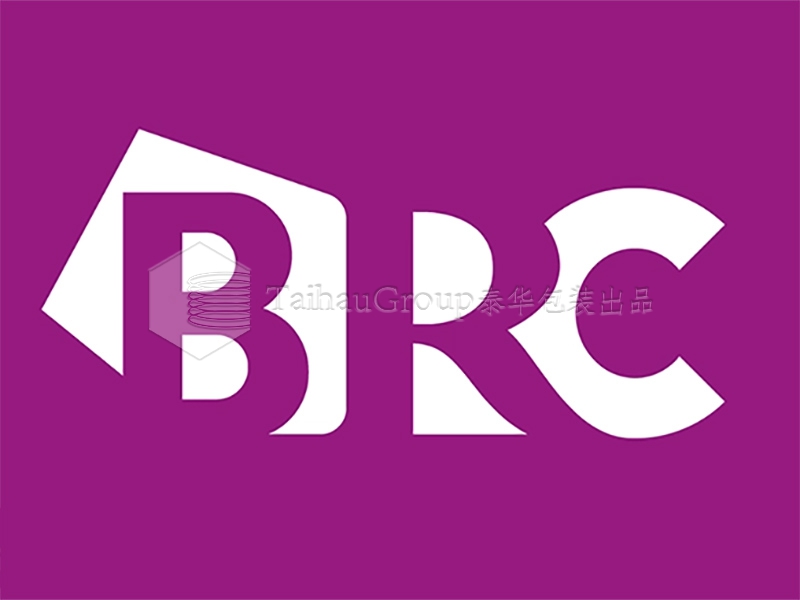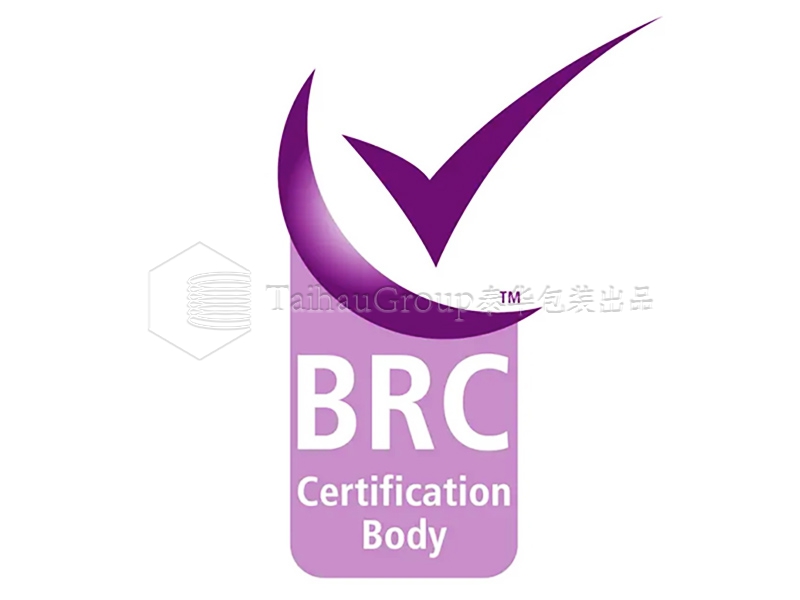
BRC: British Retail Consortium
BRC is an important international trade association, with members including large chain retail enterprises, local department stores, city stores, online platform sellers, and various types of retailers, covering a wide range of products.
In 1998, the British Retail Consortium developed the BRC Food Technical Standard to evaluate the safety of retailers' own brand food, which has now become an internationally recognized food safety standard. Shortly after the release of this standard, many organizations in other industries discovered its reference value and developed and extended it to their respective industry standards. With the widespread implementation of food standards, BRC has also released other global standards, such as Consumer Product Standard, Food Packaging Standard, etc.
BRC Definition
Chinese name: British Retail Consortium
Foreign name: British Retail Consortium
English abbreviation: BRC
Established in 1988
BRC Global Standard
The BRC global food standards also include the following four standards:
1. BRC Global Standard - Food;
2. BRC Global Standard - Consumer Goods;
3. BRC Global Standard - Food Packaging;
4. BRC Global Standard - Maintaining the Identity of Non GMO Foods.
BRC function
The BRC food technology standards were initially developed to meet the requirements of the EU's regular food safety legislative bodies and the needs of the UK Food Safety Act. With the development of the industry, it quickly proved to be of great benefit to suppliers of UK retailers, followed by retailers in the EU and globally. In addition, the users of BRC food technology standards have also expanded to the public catering industry.

BRC benefits
Improve supplier standards and consistency to avoid product errors.
Eliminate multiple audits of food producers caused by compliance with different standards.
Better support the achievement of goals for retailers at all levels of the production supply chain.
Unified standards and protocols allow assessment work to be undertaken by testing and certification bodies that have already obtained European standard (ISO/IEC Guide 65) certification.
Suppliers only need to undergo one certification to provide their information to all customers who accept this standard.
Wide coverage, involving all content related to the safety and legality of the product.
Require suppliers and customers to work together and supervise each other.
In the evaluation terms, requirements are made for real-time monitoring and tracking and confirmation of corrective actions for non-compliance with standards.
Testing agencies certify according to international standards, and when products are sourced from other countries, the certifications provided by these testing agencies can be widely accepted.
BRC Packaging Standard
The British Retail Consortium (BRC) has launched the latest version of the BRC Global Standard - Packaging and Packaging Materials. The new fourth edition of the standard adds new safety measures and specifications to prevent ink in food packaging from migrating to food. The new version of the global packaging standard was released in February 2011. The main changes in the new packaging standard are as follows:
1. Provide guidance and support for the latest certification units.
2. Add protective measures to reduce the risk of chemical migration, such as ink migrating from packaging to food.
3. Introduce "basic" clauses, which are related to the system that is crucial for establishing and implementing effective packaging production operations.
4. Introduce a grading scheme based on quantity and degree of non-compliance.
5. Review the frequency and progress of corrective measures reflecting the company's audit performance.
6. Based on the hygiene requirements for the final use of packaging materials, simplify the categories of high-risk and low-risk products. For example, a food packaging material has high risk, but the packaging material surrounding a pot or oven has low risk.

